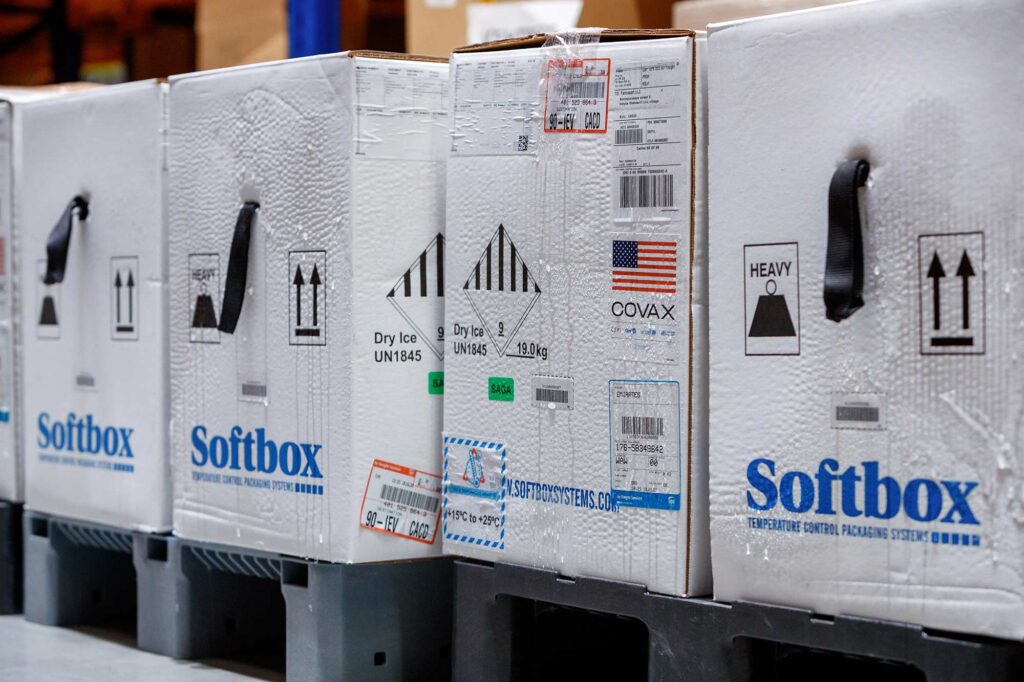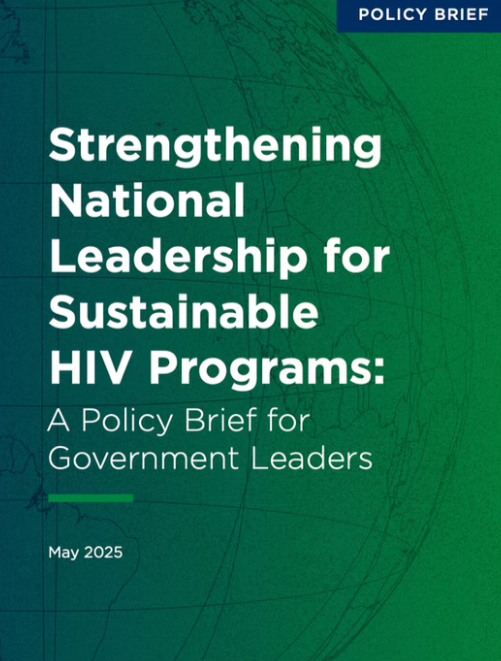Addressing the unmet need for ART among HIV+ women and newborns in Cameroon through strengthening the supply chain of PMTCT commodities
Addressing the unmet need for ART among HIV+ women and newborns in Cameroon through strengthening the supply chain of PMTCT commodities
Background: The Government of Cameroon and its partners have made major investments in the last decade in prevention, treatment, and care of HIV-infected patients. However, unmet need for antiretroviral therapy (ART) among HIV-positive pregnant women remains high at 66%. Critical to satisfying this need is ensuring adequate availability of prevention of mother-to-child transmission (PMTCT) commodities for rollout of new Option B+ guidelines. The Cameroon supply system consists of a cost recovery system for essential medicines and other health commodities and a free-of-charge system for priority commodities including those for PMTCT and ART. This study examines options for improving the supply and availability of these commodities.
Method: Supply chain (SC) operational data was collected in July 2014 from central (CENAME) and 4 regional warehouses (CAPRs); 10 district stores; and 30 service delivery points (SDPs), including ART and PMTCT sites. The study also included seven central private-sector logistics firms. In addition, SC cost data was obtained from CENAME and CAPRs financial statements audited in 2013. Data collected served for analysis of three options to improve effectiveness of delivering PMTCT commodities.
Results: Asset utilization within the cost recovery system ranged between 73% and 89% while inventory turnover was at 1.5. Therefore, a reliable supply of medicines to SDPs is ensured. However, for PMTCT and ART commodities, distribution to the SDPs was unreliable (in 2013, 40% of prescriptions remained unfilled). Meanwhile, results of the options analysis indicated that the model of CAPRs delivering PMTCT commodities to SDPs was the most desirable. Although the distance traveled was higher, the need for network storage space was minimal. Moreover, its total cost and human resource requirements were more favorable.
Conclusion: As a result of disseminating the findings, the Ministry of Health adopted Option 2. PMTCT free-of-charge commodities are also amenable to being managed within the existing effective cost recovery system.


